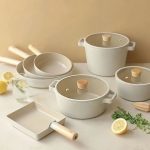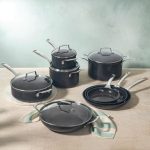Wool fabric has stood the test of time as a versatile material prized for its unique properties and functionality. From cozy winter garments to luxurious home textiles, wool offers a range of benefits that cater to various needs. In this comprehensive article, we will delve into the many advantages of wool fabric, explore its various types, discuss its uses in fashion and homewares, and provide guidance on care and maintenance. By the end of this guide, you will appreciate why wool remains a favorite choice for consumers and designers alike.
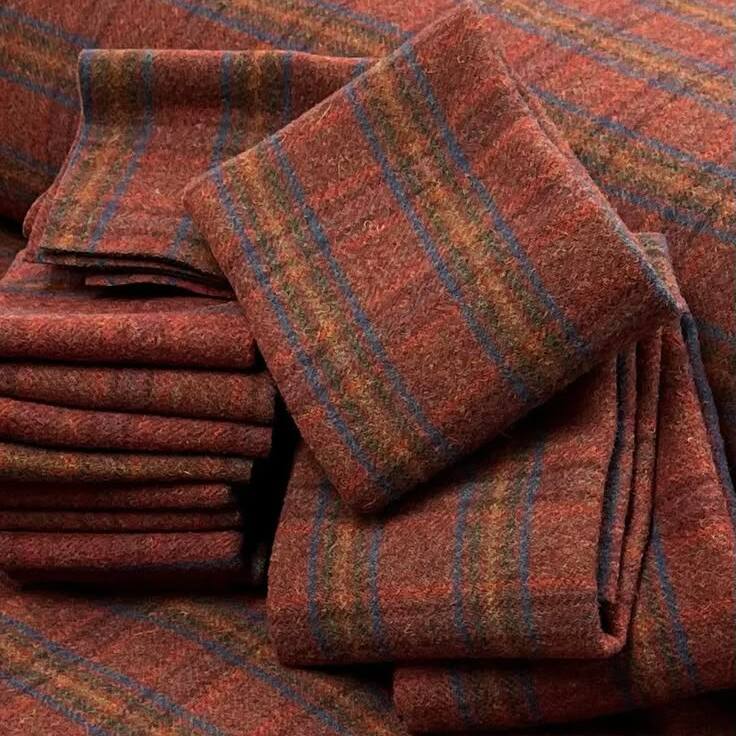
The Unique Properties of Wool Fabric
Wool fabric boasts a distinct set of properties that differentiate it from other textiles. One of its most notable features is its excellent insulation. Wool fibers trap air, creating a natural barrier against the cold. This innate thermal regulation keeps wearers warm in winter while allowing breathability to avoid overheating in warmer weather.
Additionally, wool is known for its moisture-wicking abilities. Unlike synthetic fabrics, wool can absorb moisture up to 30% of its weight without feeling wet. This property makes wool an ideal choice for activewear and outdoor clothing, as it keeps the body dry during intense physical activities. Wool’s natural lanolin content also contributes to its water resistance, allowing it to repel light rain and moisture.
Furthermore, wool is naturally flame-resistant, which adds a layer of safety to its use in clothing and home furnishings. Unlike many synthetic fabrics that can melt or ignite easily, wool chars when exposed to flames, reducing the risk of serious burns. This aspect makes wool fabric a suitable choice for and safety in various applications.
Different Types of Wool Used in Fabrics
Various types of wool come from different sheep breeds and other animals, each providing unique qualities that enhance fabric performance and comfort. Understanding these varieties helps consumers select the best wool for their needs.
Merino Wool
Merino wool hails from the merino sheep, renowned for its fine, soft fibers. This type of wool is lightweight, making it ideal for high-performance apparel. Athletes frequently favor merino wool because it effectively regulates body temperature, keeping wearers warm in chilly conditions and cool in warmer weather. Its moisture-wicking abilities ensure that sweat evaporates quickly, allowing for a dry and comfortable experience during physical activities. Merino wool also possesses natural odor-resistant properties, which means it requires less frequent washing.
Cashmere
Cashmere wool comes from cashmere goats and is celebrated for its luxurious texture and exceptional warmth. This wool has a unique softness, making it a coveted material for high-end sweaters, scarves, and other garments. Cashmere provides superior insulation without adding bulk, allowing individuals to stay warm while looking stylish. Though cashmere requires more care, it proves to be a worthy investment for those desiring both comfort and elegance in their clothing.
Alpaca Wool
Alpaca wool is derived from alpacas and is known for its soft, silky texture. This wool offers remarkable insulation without the added weight, making it perfect for lightweight sweaters and blankets. Alpaca fibers are hypoallergenic and contain no lanolin, making them suitable for sensitive skin. The unique structure of alpaca wool provides resistance to wrinkles and fading, ensuring longevity in garments made from this luxurious material.
Mohair
Mohair wool originates from Angora goats and boasts durability and smoothness. Its lustrous sheen gives it a distinctive appearance, making it a popular choice for upscale fashion. Mohair possesses excellent insulating properties, providing warmth while remaining lightweight. The fibers are resilient and often used in blends to add texture and shine to various fabrics.
Lambswool
Lambswool comes from the first shearing of young sheep, offering a soft, supple quality. This type of wool is gentler than older sheep’s wool and provides excellent comfort against the skin. Lambswool retains heat remarkably well and gives garments a cozy feel, making it ideal for winter wear. Furthermore, its intrinsic elasticity helps garments maintain their shape over time, ensuring a lasting fit.
Each type of wool provides distinct benefits, catering to various applications not only in fashion but also in home textiles and accessories. By understanding the unique qualities of each wool type, consumers can make informed choices that suit their lifestyle and preferences. Whether seeking performance apparel or luxurious outerwear, the diverse world of wool offers something for everyone.
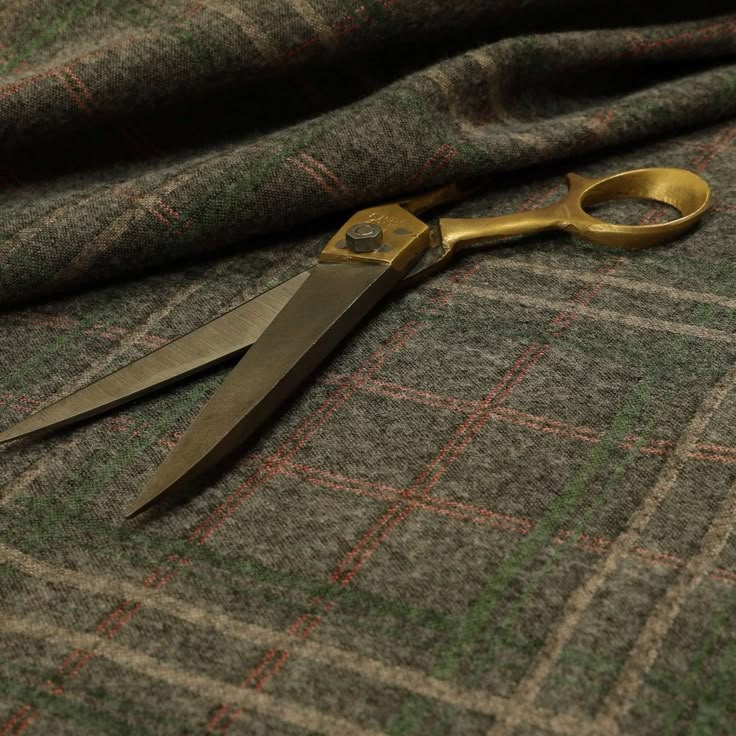
Key Benefits of Wool Textile
Wool fabric is cherished for its exceptional qualities and offers a multitude of benefits for consumers. Here are some of the key advantages that make wool a favored choice around the globe.
Durability and Strength of Wool
Wool fibers possess remarkable resilience and strength. This natural durability allows wool to withstand wear and tear exceptionally well. Even after extended use, wool fabric maintains its shape, avoiding sagging or deformity. This strength resists damage from various elements, making wool a long-lasting material that stands the test of time. As a result, investing in wool clothing or home textiles proves to be a wise choice for those seeking durability.
Thermal Insulation and Breathability
One of wool’s most celebrated features is its excellent thermal insulation. Wool keeps you warm in cold weather by trapping air within its fibers, effectively maintaining body heat. Whether worn as a layered garment during winter or as a cozy blanket, wool provides warmth and comfort. Surprisingly, wool is also breathable. In warmer conditions, it allows moisture and heat to escape, preventing overheating. This versatile insulation makes wool suitable for year-round wear, adapting easily to varying climates.
Moisture-Wicking Properties
Wool excels at wicking moisture away from the body, ensuring that you stay comfortable and dry. The fabric absorbs sweat while simultaneously drying quickly. This moisture-wicking property makes wool ideal for active wear and outdoor clothing, where sweat management is crucial. Consumers appreciate that wool prevents discomfort caused by dampness, leading to an overall improved wearing experience during physical activities.
Sustainability and Eco-Friendly Nature
Wool proves to be a sustainable resource, as it is sheared from sheep in a renewable manner. The production of wool is generally eco-friendly, with minimal harm to the environment. Additionally, wool is biodegradable, breaking down naturally over time. Its production process often maintains a low carbon footprint, making wool an environmentally responsible choice. By choosing wool, consumers support sustainable practices that benefit both the planet and its inhabitants.
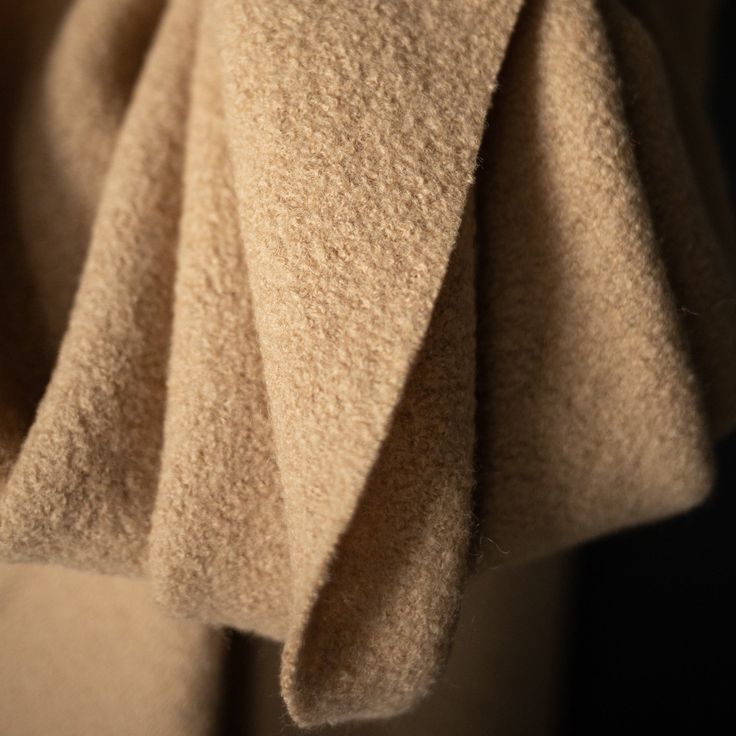
Common Uses of Wool Fabric
Wool fabric has a wide range of applications, thanks to its versatility and natural properties. Below are its common uses:
Wool in Apparel and Fashion
Wool is a favorite choice for clothing because of its warmth and comfort. It is used in sweaters, suits, coats, and scarves. Merino wool is popular in activewear due to its softness and moisture-wicking abilities. Cashmere adds luxury to premium apparel, while lambswool is ideal for soft and lightweight garments. Wool’s insulation and breathability make it suitable for all-season clothing.
Wool in Home Textiles
Wool is widely used in home décor and furnishings. It is perfect for blankets, rugs, and upholstery due to its durability and comfort. Wool carpeting is popular for its strength and natural stain resistance. Wool’s thermal properties also make it a great choice for insulation in curtains and bedding. It provides both functionality and aesthetic appeal in home textiles.
Wool for Industrial Applications
Wool fabric has unique qualities that are highly beneficial in industry. Its flame resistance makes it ideal for safety gear and uniforms. Wool is used in soundproofing panels due to its excellent acoustic properties. Wool felt is employed in polishing and filtering applications. Wool’s durability ensures it performs well even in demanding industrial environments.
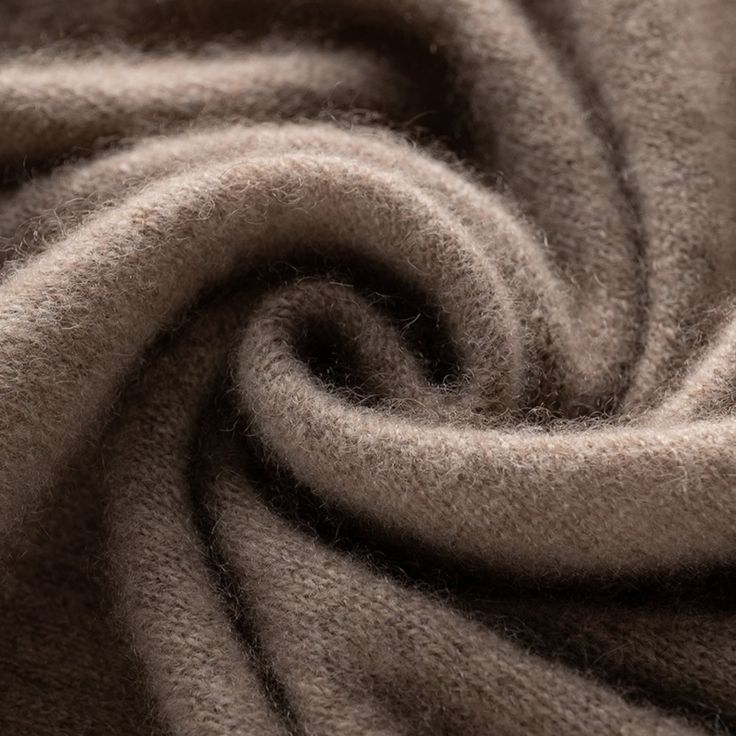
Comparing Wool with Other Fabrics
Wool fabric stands out thanks to its unique qualities and benefits. Let’s compare wool to other fabrics to understand its advantages and differences better.
Advantages Over Synthetic Fabrics
- Natural and Renewable: Wool is a natural fiber. Synthetic fabrics like polyester are made from petroleum.
- Breathability: Wool allows air to circulate, reducing sweat and odor. Synthetic fabrics trap heat and moisture.
- Moisture-Wicking: Wool absorbs and releases moisture effectively, while synthetics often feel damp.
- Fire Resistance: Wool is naturally flame-resistant. Synthetic fibers can melt and ignite easily.
- Eco-Friendliness: Wool is biodegradable and sustainable. Synthetic fabrics take years to decompose.
Wool offers better performance and environmental benefits than synthetic materials for many uses.
How Wool Stacks Against Cotton and Silk
- Durability:
- Wool fibers are strong and elastic, lasting longer than cotton or silk.
- Cotton wears out faster, while silk is delicate.
- Thermal Properties:
- Wool insulates in winter and breathes in summer.
- Cotton is breathable but lacks the warmth of wool. Silk offers little insulation.
- Moisture Management:
- Wool wicks away moisture, keeping you dry.
- Cotton absorbs moisture but dries slowly, and silk is less absorbent.
- Maintenance:
- Wool resists odors and wrinkles, needing less frequent cleaning.
- Cotton and silk require more care and can wrinkle easily.
- Luxury and Feel:
- Wool comes in luxurious options like merino and cashmere.
- Silk is elegant and smooth, while cotton provides softness but less refinement.
Wool outshines both cotton and silk in durability, insulation, and moisture control. However, silk remains unmatched in luxury, and cotton offers casual comfort at an affordable cost.
Caring for Wool Textile
Wool fabric requires proper care to maintain its quality and longevity. Knowing how to clean, maintain, and store wool products is essential to keep them looking great and functional for years.
Cleaning and Maintenance Tips
- Read Care Labels: Always check the label on wool items before cleaning. It provides specific instructions.
- Hand Wash When Needed: Use cold water and gentle wool detergent to avoid damage during washing. Avoid scrubbing.
- Use the Wool Cycle: If machine washing is needed, select the wool or delicate cycle. Use a wash bag for protection.
- Air Dry Flat: Lay the wool item flat to dry on a clean towel. Avoid hanging to prevent stretching.
- Brush Off Dirt: For light dirt or dust, gently brush the fabric with a soft bristle brush.
- Avoid Heat: Do not use hot water, tumble dryers, or irons directly on wool. Excess heat can shrink the fibers.
- Spot Clean: For stains, dab gently with a damp cloth. Use mild cleaners sparingly to avoid fiber damage.
Regular cleaning and careful handling will ensure your wool fabric retains its softness and durability.
How to Store Wool Products
- Clean Before Storing: Wash your wool items before long-term storage to remove dirt and odors.
- Use Breathable Bags: Store wool items in breathable fabric bags. Avoid plastic, which traps moisture and causes mildew.
- Add Natural Pest Repellents: Use cedar blocks or lavender sachets to keep moths and pests away from wool products.
- Keep It Cool and Dry: Choose a cool, dry, and dark place to prevent moisture and light damage.
- Fold Instead of Hanging: Fold wool clothing to avoid stretching, especially for heavy items like sweaters.
- Inspect Regularly: Check stored wool items periodically to ensure no damage or pest infestations.
Proper storage techniques can prolong the life of your wool products and keep them looking new. Caring well for wool ensures it remains a high-performing, beautiful material.
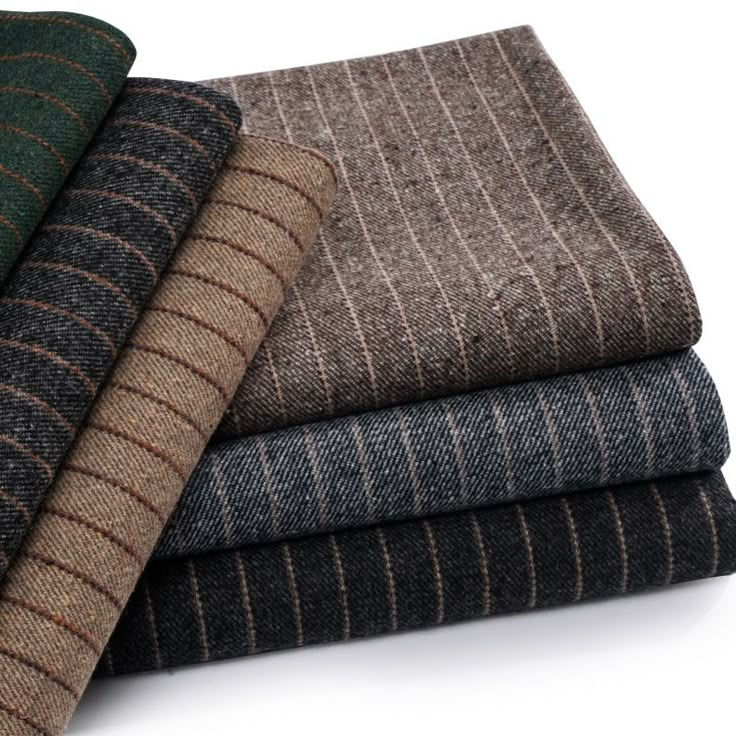
The Future of Wool Fabric
Wool fabric continues to evolve, driven by innovation and shifting consumer preferences. Advancements in production methods and trends in usage are shaping its future.
Innovations in Wool Production
- Sustainable Wool Processing: Eco-friendly methods are being adopted to minimize water usage and reduce waste.
- Smart Wool Technology: Research is underway to create wool fabrics with integrated wearable tech.
- Improved Fiber Blends: Wool is blended with other fibers for enhanced durability and texture.
- Chemical-Free Treatments: Non-toxic treatments are being developed to ensure wool’s antibacterial and stain-resistant qualities remain intact.
- Recycled Wool Fabrics: Manufacturers are recycling old wool clothes to create new textiles, supporting circular fashion.
These innovations ensure that wool meets modern demands while preserving its natural benefits.
Trends in Wool Textile Use
- Demand for Sustainable Apparel: Eco-conscious consumers prefer wool for its renewable and biodegradable nature.
- Growth in Activewear Applications: Wool’s moisture-wicking and thermal features make it popular for outdoor and fitness gear.
- Luxury Revival: Cashmere and merino wool are being marketed as high-end choices in fashion.
- Home Decor Expansion: Wool rugs, throws, and upholstery are gaining traction for their aesthetic and functional appeal.
- Technological Adaptation: Adaptations like lightweight wool fabrics are designed for modern lifestyles.
Wool is poised to remain relevant in apparel, interior design, and industrial sectors. Its adaptability ensures its value as a timeless textile.
